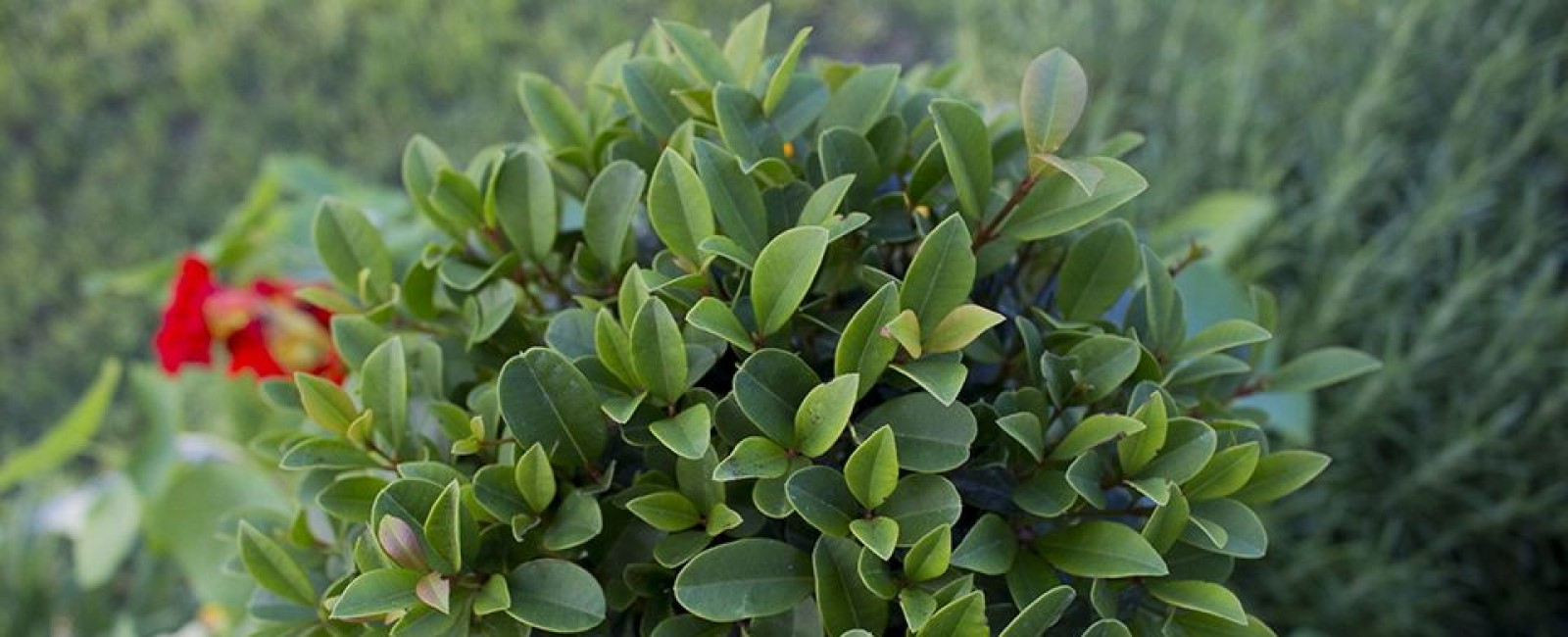| Several herbs are believed to have positive effects when they are planted near vegetables or other herbs. They not only protect them from insects but are believed to boost their growth and improve their flavor. Chives, for instance, promote the growth of carrots; parsley or borage help tomatoes. Rosemary and sage thrive when planted in tandem, and yarrow is thought to increase the fragrance of most herbs. However, some plants decline because they cannot tolerate the particular chemistry of their companions. Basil, for example, hinders rue. Coriander retards the growth of fennel, tomatoes and beans. |
| Careful planning is the key to companion planting. Place good bedfellows close together. Use paths and walkways to separate foes. Alternate complimentary herbs and plants in rows, locating them checkerboard -style in a bed. Or plant protective herb borders around pest-susceptible vegetables and ornamentals. The most interesting aspect of companion planting is the cumulative benefit. When herbs, vegetables and flowers are grown together, food plants seem to be more flavorful, flowers and scented leaves become more fragrant. All the while the combinations and interactions help control pests. |
| Herb |
Vegetable |
| Anise |
Coriander |
| Basil |
Peppers, Tomatoes |
| Bee Balm |
Tomatoes |
| Borage |
Beans, strawberries |
| Chamomile |
Cucumbers, onions |
| Chervil |
Radishes |
| Dill |
Cabbages, lettuces |
| Galic |
Roses |
| Horseradish |
Potatoes |
| Hyssop |
Cabbages, grapes |
| Lovage |
Beans |
| Mint |
Cabbages, Tomatoes |
| Mustards |
Grapes, fruit trees, beets |
| Oregano |
Beans |
| Rosemary |
Tomatoes Marjoram |
| Savory |
Beans, onions |
| Tarragon |
Most Vegetables |
| Thyme |
Eggplant, potatoes |

